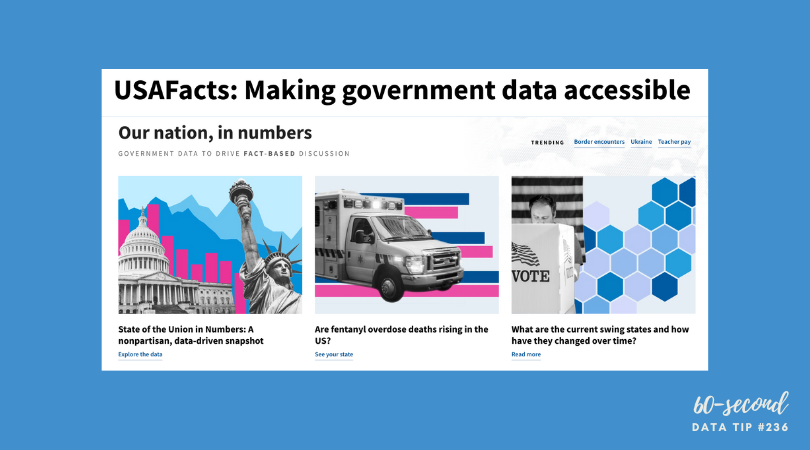Here’s a new addition to my highly-curated resources list: Dabbling in the Data. I occasionally write a 60-second data tip describing a particular resource, including why I think it’s cool. And I link each of these tips to a resources list on my website.
What is it?
Dabbling in the Data is a free participatory evaluation guide that provides hands-on, practical group activities and techniques that will help organizations make sense of data. Each of the activities described in the guide includes the types of situations the method is best suited for, step-by-step instructions for facilitators, and suggested adaptations. This guide was expanded in late 2024 with new activities, tools, virtual adaptations, and playlists for mixed methods.
Who’s it for?
Nonprofit manager, evaluators, or anyone who wants to improve the analysis of data by involving multiple interest holders who bring multiple perspectives to the interpretation of data. Group analysis also helps group members to understand the importance of data to their work.
Who’s behind it?
Public Profit, an independent evaluation consultancy that works with nonprofits, foundations, schools, and governments to help them use data more effectively.
Why I think it’s cool
The activities provide both meaningful and fun ways to engage with data. This guide can help anyone in an organization to understand and influence the paths among data, findings, and action.
Let’s talk about YOUR data!
Got the feeling that you and your colleagues would use your data more effectively if you could see it better? Data Viz for Nonprofits (DVN) can help you get the ball rolling with an interactive data dashboard and beautiful charts, maps, and graphs for your next presentation, report, proposal, or webpage. Through a short-term consultation, we can help you to clarify the questions you want to answer and goals you want to track. DVN then visualizes your data to address those questions and track those goals.





















